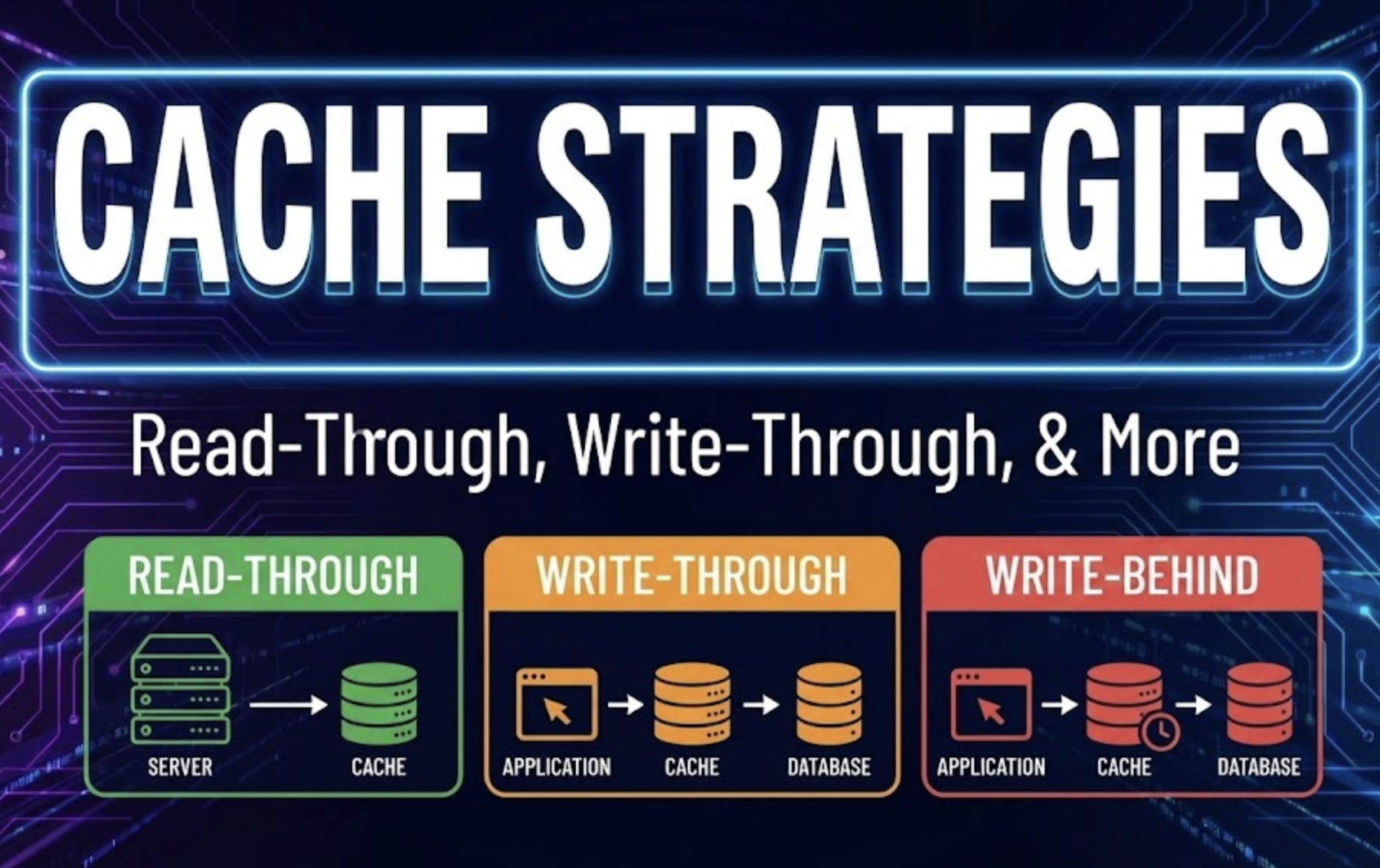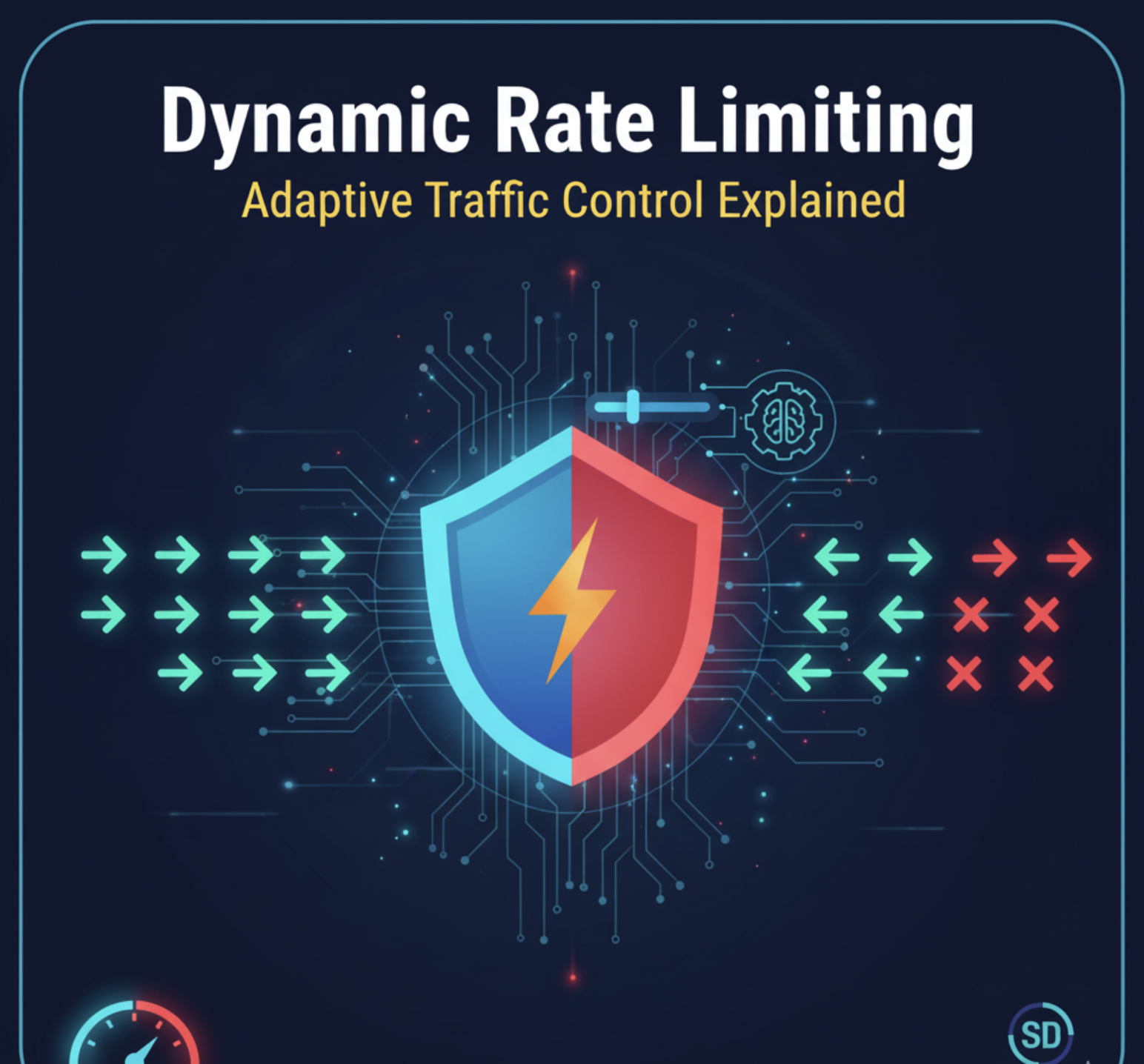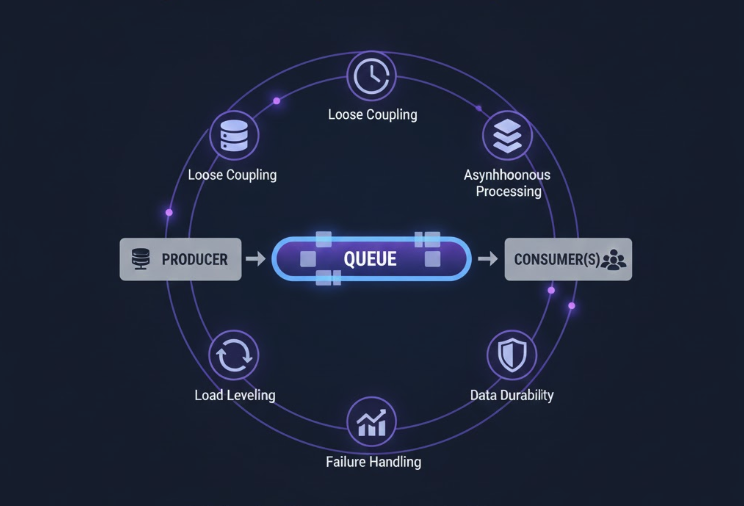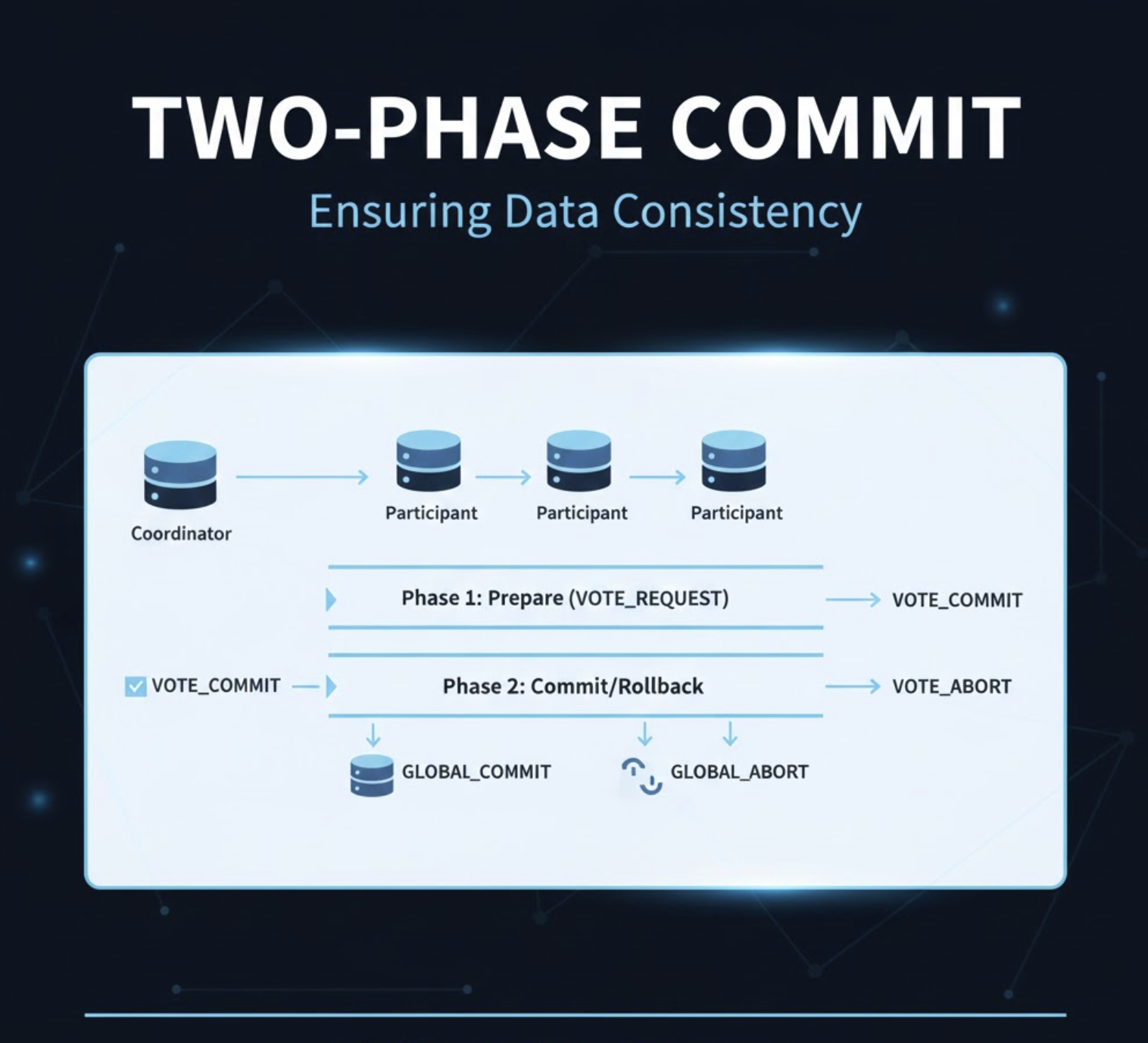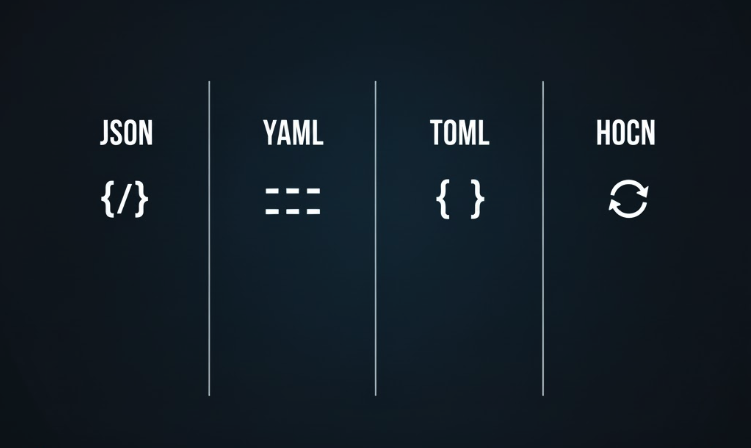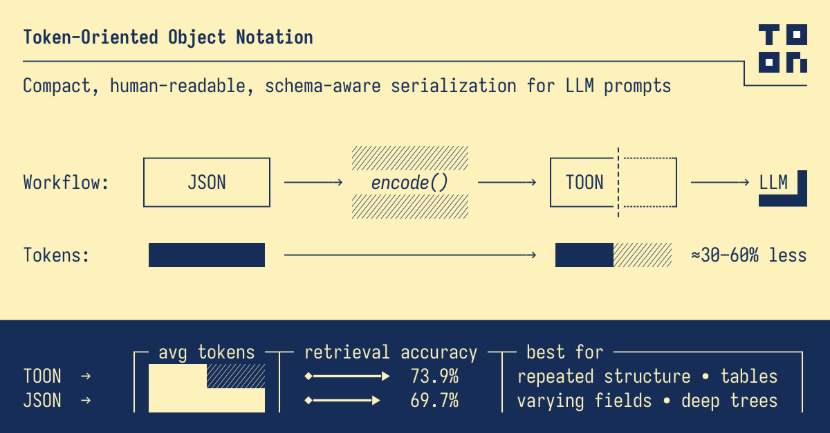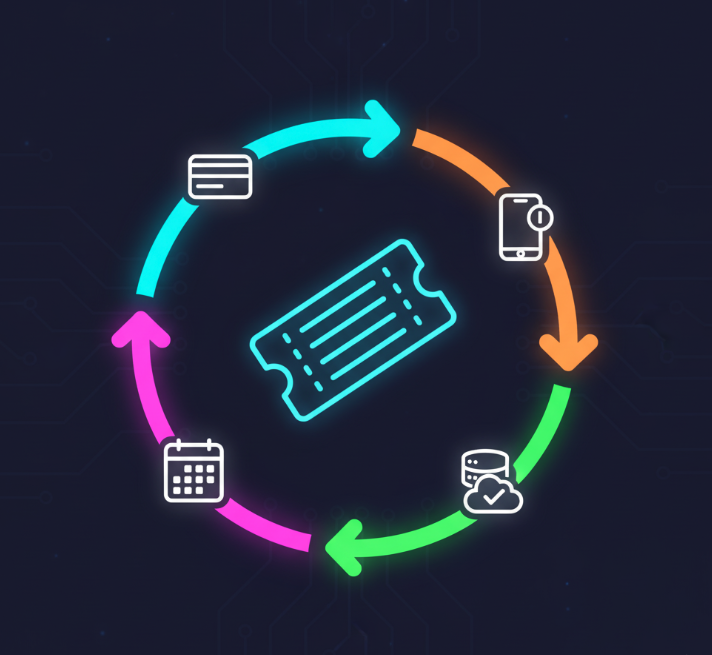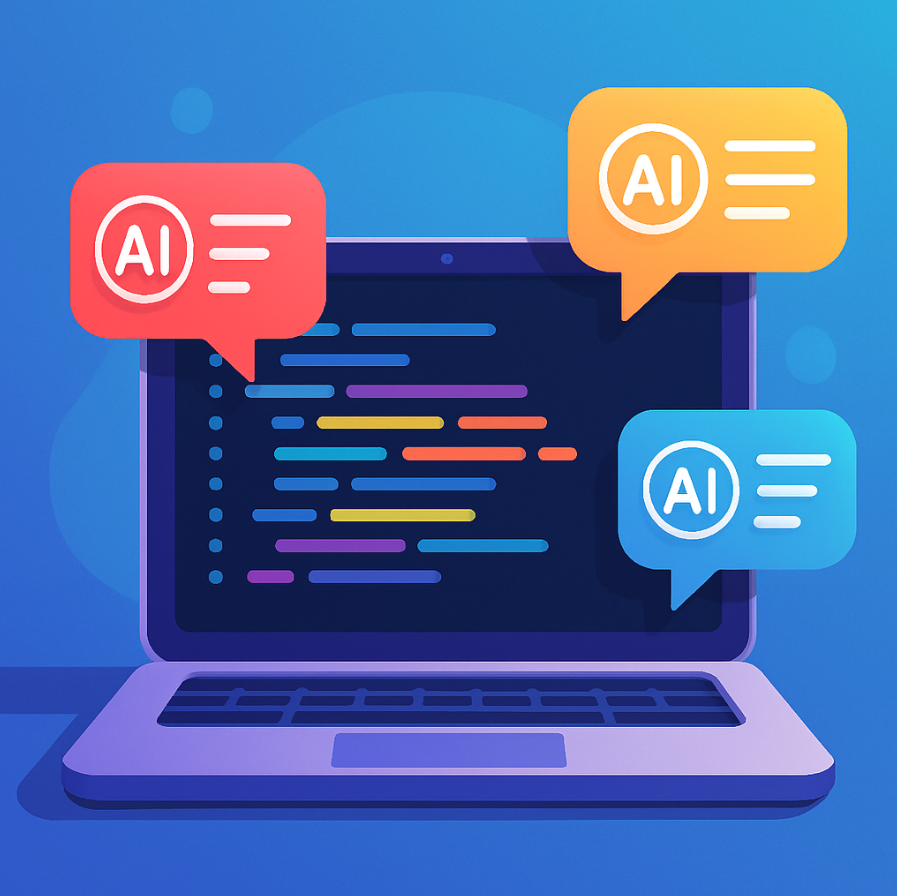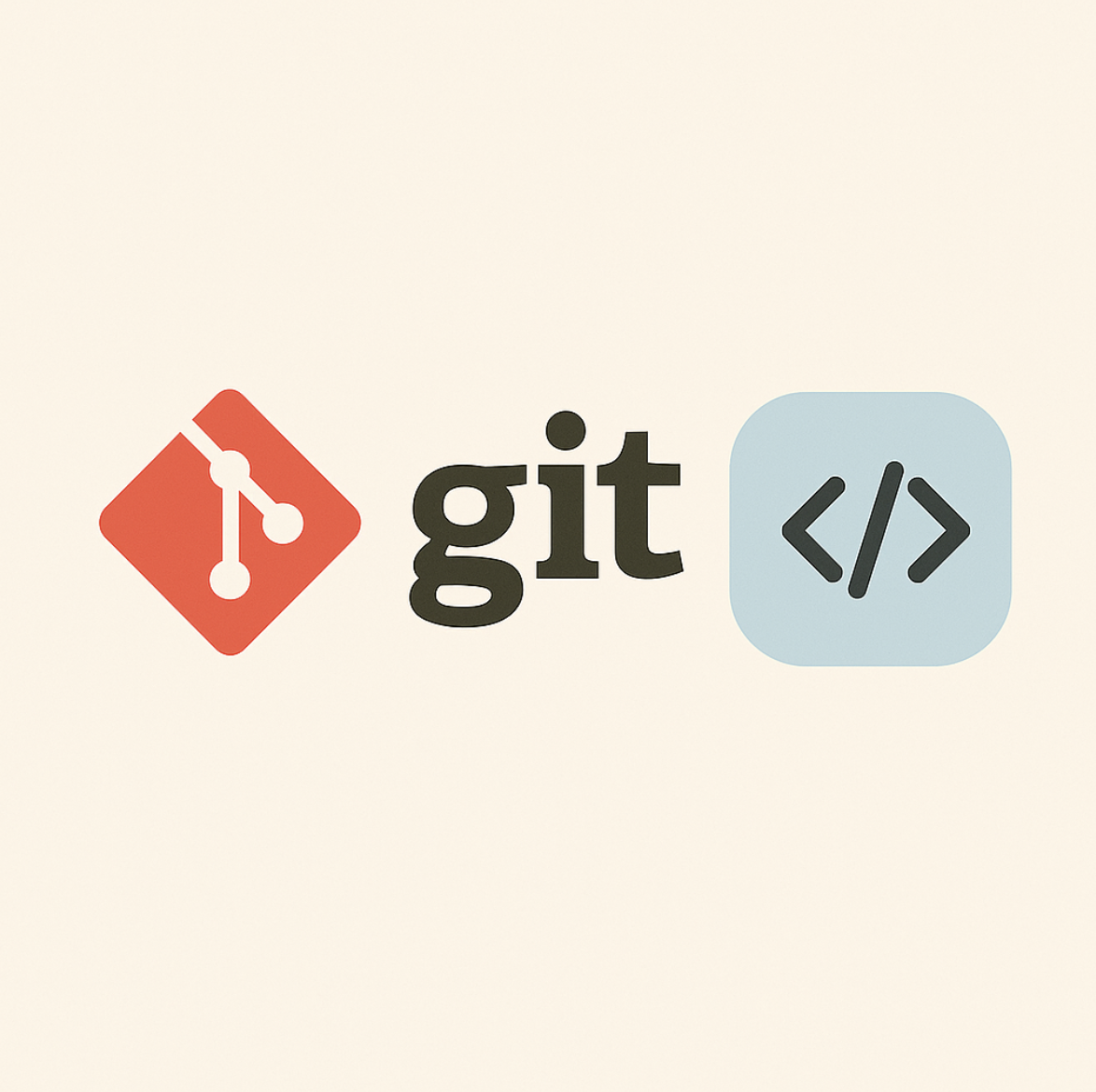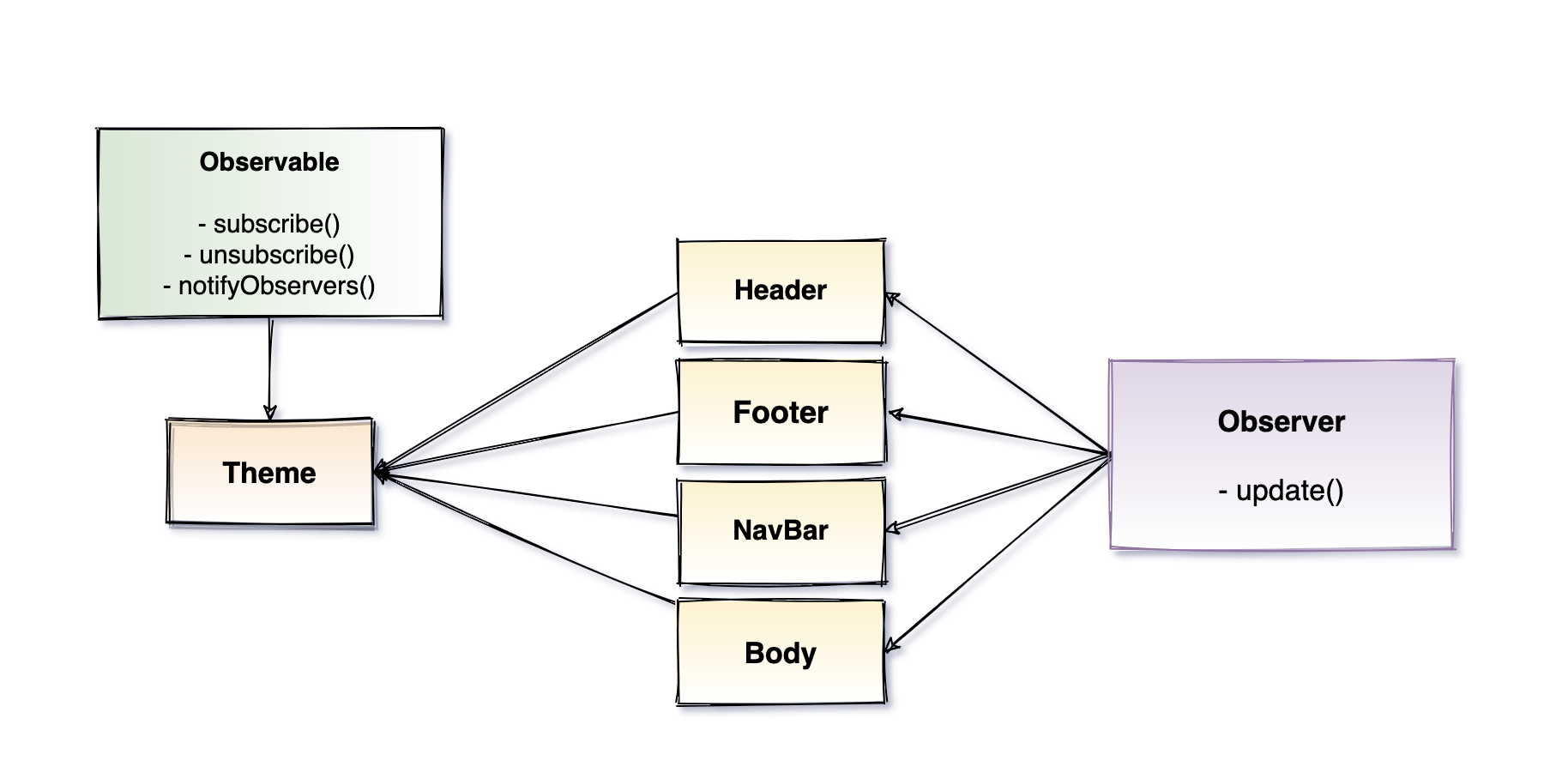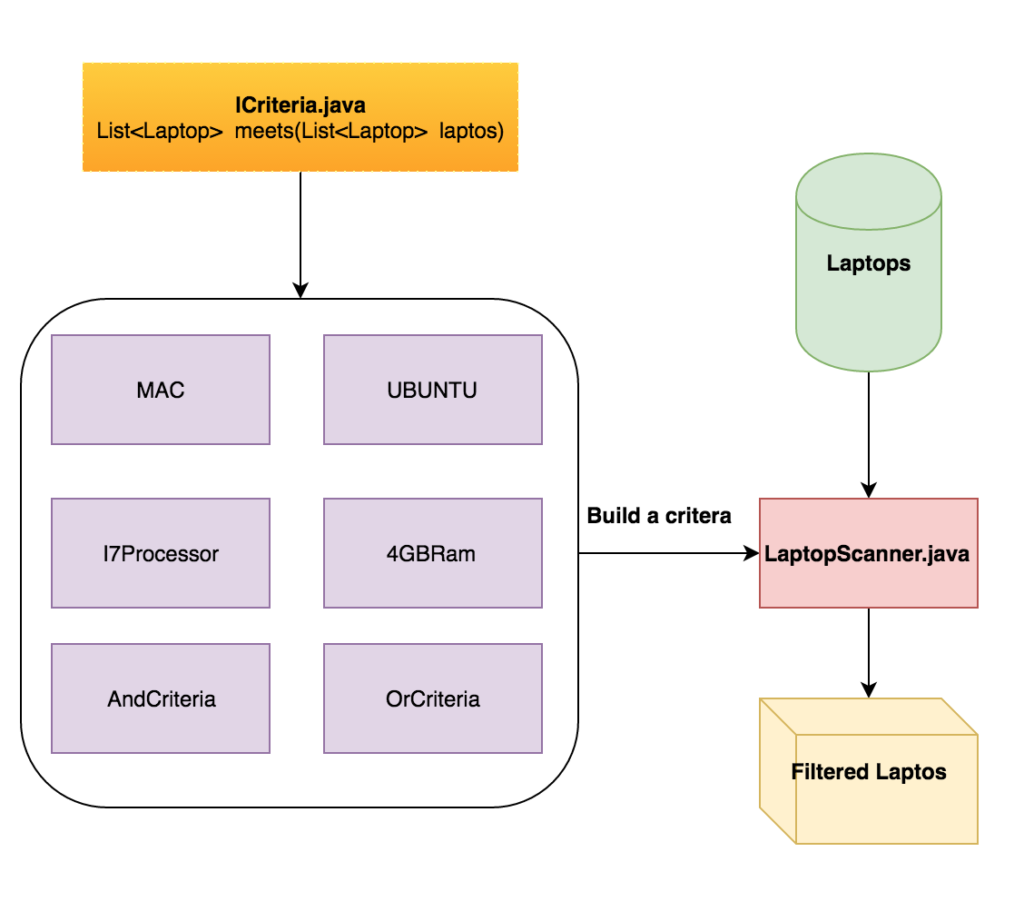Prompt engineering is a critical skill for software developers working with AI models like GPT. It involves crafting effective prompts to guide AI systems in generating accurate and relevant responses. Whether you’re building features, automating tasks, or exploring AI capabilities, understanding prompt engineering can significantly enhance your results.
What is Prompt Engineering?
Prompt engineering is the art and science of designing input prompts to achieve desired outputs from AI models. A well-crafted prompt provides clear instructions, context, and constraints, enabling the AI to generate responses that align with your goals.
For example, consider the following prompt:
Poor Prompt:
1
Write a Python function.
Improved Prompt:
1
Write a Python function that takes a list of integers as input and returns the sum of all even numbers in the list. Include comments explaining each step.
The improved prompt is specific, detailed, and sets clear expectations, resulting in a more useful response.
Why is Prompt Engineering Important?
- Improved Accuracy: Clear prompts reduce ambiguity, leading to more accurate AI responses.
- Efficiency: Well-designed prompts save time by minimizing the need for follow-up clarifications.
- Customization: Tailored prompts allow you to adapt AI outputs to specific use cases.
- Enhanced Collaboration: Effective prompts make it easier to integrate AI into team workflows and projects.
Best Practices for Prompt Engineering
1. Be Specific
Provide detailed instructions and context to guide the AI. Avoid vague or open-ended prompts.
Example:
1
Generate a SQL query to retrieve the names and email addresses of users who signed up in the last 30 days from a table named 'users'.
2. Use Examples
Include examples to clarify your expectations.
Example:
1
2
3
4
5
6
Convert the following JSON object into a Python dictionary:
{
"name": "John",
"age": 30,
"city": "New York"
}
3. Set Constraints
Define any limitations or requirements for the output.
Example:
1
Write a JavaScript function to validate an email address. The function should return true for valid email addresses and false otherwise. Do not use any external libraries.
4. Iterate and Refine
Experiment with different prompts and refine them based on the AI’s responses.
Example: Start with:
1
Explain the concept of recursion.
Refine to:
1
Explain the concept of recursion in Python with an example of a factorial function.
5. Test for Edge Cases
Ensure your prompt accounts for edge cases or potential ambiguities.
Example:
1
Write a Python function to divide two numbers. Handle cases where the denominator is zero by returning 'undefined'.
Common Use Cases for Prompt Engineering
1. Code Generation
Generate boilerplate code, functions, or entire modules based on specific requirements.
Example Prompt:
1
Write a REST API endpoint in Flask to handle user login. The endpoint should accept a JSON payload with 'username' and 'password', validate the credentials, and return a JWT token if successful.
2. Data Analysis
Automate data queries, summaries, or visualizations.
Example Prompt:
1
Generate a Python script to read a CSV file named 'sales.csv' and calculate the total sales for each product category.
3. Documentation
Create technical documentation or comments for code.
Example Prompt:
1
2
3
Add comments to the following Python function explaining each step:
def calculate_area(radius):
return 3.14 * radius ** 2
4. Debugging Assistance
Identify and fix issues in code snippets.
Example Prompt:
1
2
3
4
Debug the following Python code and fix any errors:
def add_numbers(a, b):
return a + b
print(add_numbers(5))
Challenges in Prompt Engineering
- Ambiguity: Vague prompts can lead to irrelevant or incorrect responses.
- Overfitting: Overly specific prompts may limit the AI’s ability to generalize.
- Iteration Overhead: Refining prompts can be time-consuming, especially for complex tasks.
Conclusion
Prompt engineering is a powerful skill that enables software developers to harness the full potential of AI models. By crafting clear, specific, and well-structured prompts, you can achieve more accurate and relevant results, saving time and enhancing productivity. Start experimenting with prompts today and unlock new possibilities in your AI-driven projects.
What are your favorite prompt engineering tips? Share your thoughts in the comments below!
